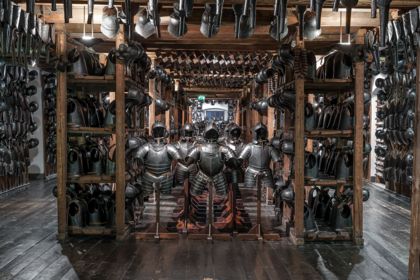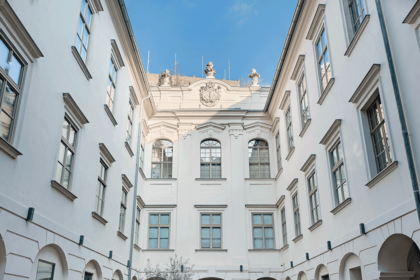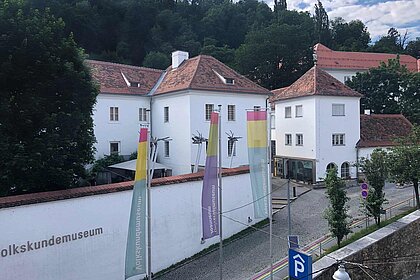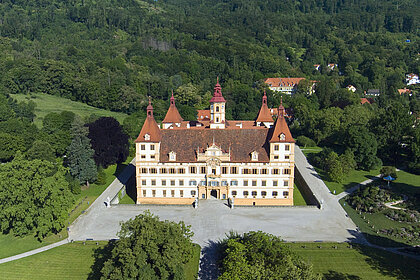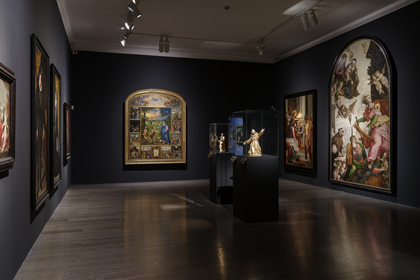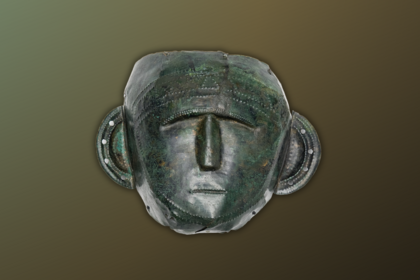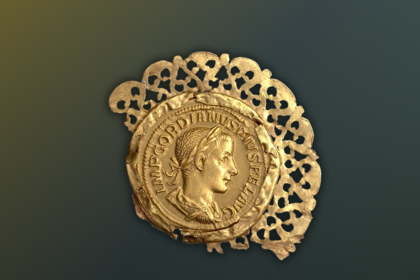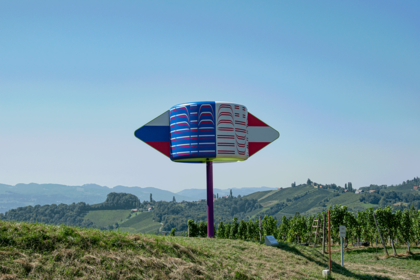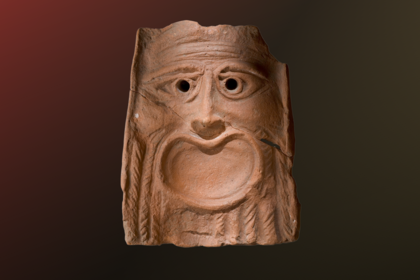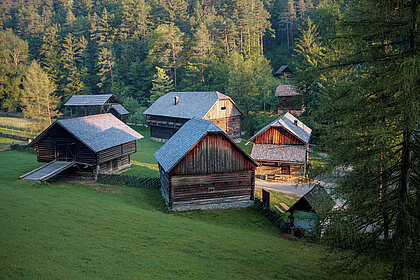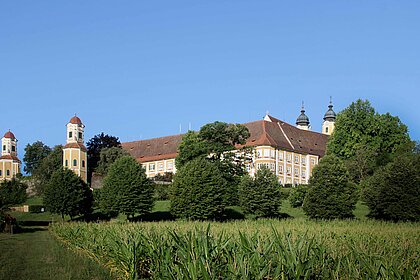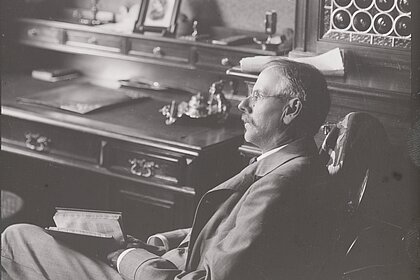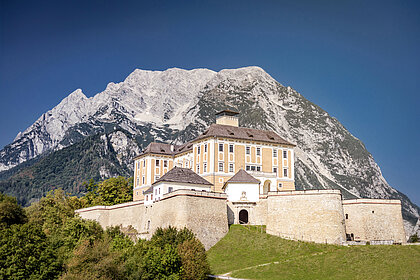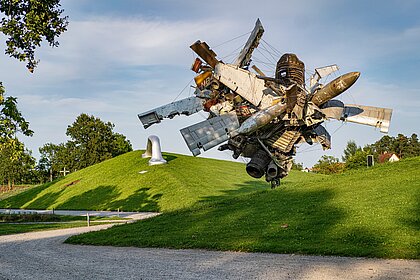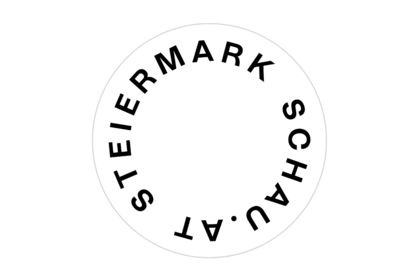Programme
Archive
2020
07.05. - 08.05.
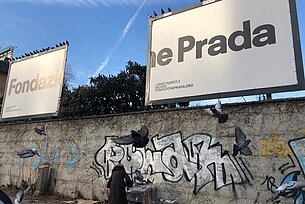
Bella figura? - cancelled!
Excursion to Milan
Milan is one of Italy’s top cities for culture and media, as well as being a university town and international financial centre. The second largest city of the country is considered hip and is currently setting international standards in contemporary architecture, fashion, and design. Our perception of Italy and its cities, however, still oscillates between images of its immense cultural heritage and its present crisis-ridden economic and political situation. The strong commitment to traditional cultural institutions is contrasted by the great need for forward-looking renewal.
2020
07.04. - 09.04.
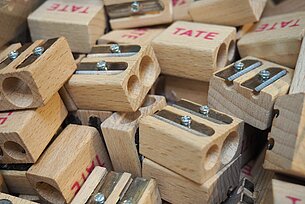
London - cancelled!
Negotiating London
Architecture and housing, transport and public space, and ecology and migration are some of the key issues facing cities at the moment. This is also true of London, bustling with energy and Europe’s largest city. A look at our area of interest reveals London’s dynamic development, both in terms of the creation of new museum and cultural spaces as well as in the way the city and urban issues are collected, exhibited, and communicated in these spaces.
2020
12.03. - 13.03.

The Queer Museum
Interventions in collective memory
Museums enjoy a high level of credibility: they are attributed with the potential to reinforce values like diversity, participation, and openness in a society. Historically, however, museums have tended to be representatives of normative values. Collections and exhibitions generally reflect patriarchal, binary, and heterosexual gender norms. But what about ways of life and identity constructions beyond this ‘heterosexual matrix’? If museums tend to portray heteronormative images, this raises the question of alternative approaches.
2019
21.11. - 22.11.
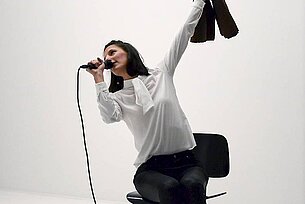
21st Century “Museum Guards”
Concepts for contact zones
Where museum guards used to protect valuable objects and ensure safety and order, the modern conception of the museum sees visitor services associates as the “business card of their institution”: whether permanently employed or outsourced – they are the initial points of contact and, in many cases, the only representatives of the museum with whom visitors come in direct contact.
2019
17.10. - 18.10.
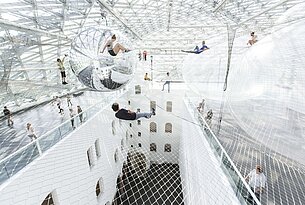
The 24/7 Museum
Projects for a digital audience
The expansion of museums onto the Internet is one of the most fundamental changes currently taking place within the institution. The key concept of going digital is audience orientation – on the one hand, to motivate new groups to visit the museum, and on the other, to interest people online and invite them to explore the contents of the museum while underway or at home. The latter with increasing tendency: the 24/7 museum has long since begun collecting statistics on clicks per month.
2019
26.09. - 27.09.
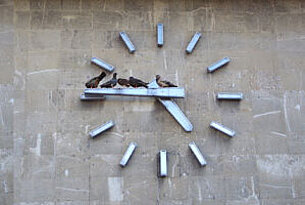
Uneasy Times
Political action in the museum
The link between publicly funded cultural institutions and politics is characterized by a fundamental tension: on the one hand, there are changing political officials, whose actions are determined by the programmes, principles, and values of their parties as well as their own interests and focuses. Based on these factors, requests are defined, and decisions are made on the allocation of funding and positions. On the other hand, the representatives of cultural institutions, who feel obliged to institutional traditions, their respective scenes and scientific communities, and their audiences, must explain their programmes to sponsoring organisations and political decision-making bodies.
2019
26.08. - 29.08.
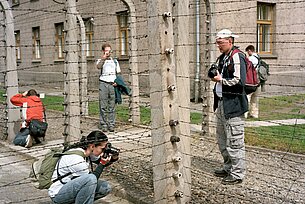
Excursion: Kraków, Auschwitz
Holocaust commemorative culture and mass tourism
The extensive concentration camp complex of Auschwitz, in which up to 1.5 million people were murdered between 1940 and 1945, has become a symbol of the Holocaust throughout the world. Today, the remains of the camp have been turned into a state memorial and opened to the public: museum and cemetery, international meeting and research centre, and part of UNESCO’s world cultural heritage (1979).
2019
13.06. - 14.06.
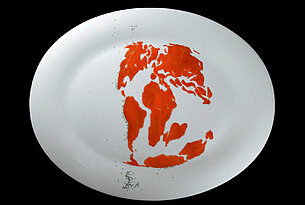
Expanding Horizons
Social history museums elsewhere
In recent years, many city, state, and national museums have undergone a process of renewal with consequences for the institutional identity, collection concepts, and programmes for the audience. This reorganisation of social history museums can be seen, for instance, in contemporary permanent exhibitions and displays of collections that follow different trends: from chronological, full narratives with interspersed excurses on specific topics to partial narratives based on individual exhibits arranged by association to object presentations with an abundance of materials in the manner of display repositories.
2019
16.05. - 17.05.
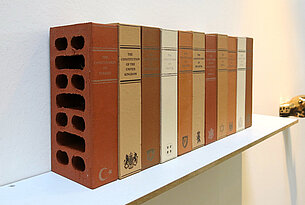
Words and Things
Creating literature exhibitions
Hardly any other field in museum practice has changed so fundamentally in the last few decades as the exhibiting of literature. The move away from an author-centred view of literature has led the longstanding recipe of “the life and work” to lose some of its appeal – and thus the cult of personality which worked, not least, through the auratisation of authentic objects, residences, and workplaces of writers.
2019
08.04. - 09.04.
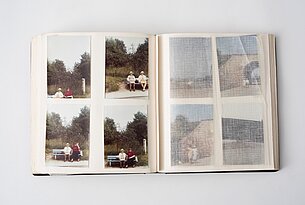
The Order of Images
Photo albums and (museum) practices
Our changed visual practices make the photo album – as a physical object – appear historical nowadays. Perhaps this also partly explains the growing interest in its value as source and research material, especially in cultural studies and the humanities. Recent approaches no longer focus on the pictures themselves, but increasingly on the album itself as an organising principle and narrative form. For photo albums hold the potential to communicate more than the sum of their parts.
2019
21.03. - 22.03.
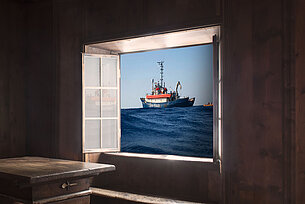
Museums in Tune with the Times
Is contemporary relevance imperative?
Historically speaking, the museum’s role as a place of orientation and opinion-shaping is undisputed. Already in its early days, it helped its audience to make sense of their everyday experiences, assess developments of the immediate present, and contextualise new information. Today’s museum landscape also offers a number of connections to the present. This manifests the desire on the part of programme directors to address current topics by means of the institution, to position the museum as a site of discussion, and to empower its audience to reflect on common assumptions and arguments. At the same time, these ties to the present often reveal the pressure on the museum to justify itself as a public institution.
2018
06.12. - 07.12.

Material Memory
Collecting Plastic
Plastic objects have been an integral part of daily life since at least the 1950s. They have also long since found their way into cultural history or folklife exhibitions in museums. But those who not only want to exhibit the everyday culture of the 20th and 21st centuries but also preserve it must collect plastic in an active and systematic way. But how does one select from the seemingly infinite number of plastic objects those worthy of being included in collections? How does one even go about conserving and restoring all the various kinds of plastics? And how much do we need to consider that the public perception of this material is constantly changing – and thus our collection practices too?
2018
08.11. - 09.11.
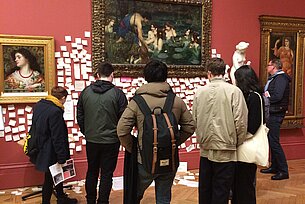
Diversify your audience!
Visitor Research and Museum Development
Audience orientation requires knowledge about visitors and their ways of perceiving things. But how can museums learn about the heterogeneous views of visitors and diversify their image? While empirical research on museum visits is often primarily associated with marketable like increasing visitor numbers, this workshop focuses on the qualitative, formative potential of audience-oriented approaches like audience development.
2018
11.10. - 12.10.

What Remains of the Mass Phenomenon of Photography?
Selection – Sorting – Acquisition
The transition from analog to digital photography has not only fundamentally changed our everyday practices, it also presents institutions with a number of challenges. For some time now, extensive analog holdings like press archives or photographic estates have been turned over to public collections because they are obsolete in today’s image economy. More than ever, the question becomes what should be done with this massive physical legacy of the 19th and 20th centuries.
2018
13.09. - 14.09.
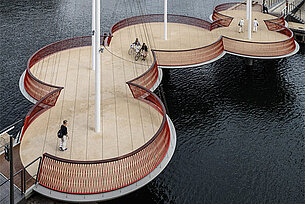
Copenhagen
Museums as Urban Players
Copenhagen’s reputation precedes it: as a role model of a sustainable metropolis, it is a centre of attraction for city planners, architects and climate protectors alike. But what role do museums actually play in the context of sustainable urban development? What is preserved, and what is eliminated when the paradigm is dynamic change? How do museums react, and how do they cope with the change of their environment?
2018
21.06. - 22.06.
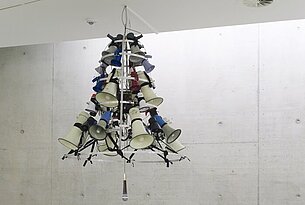
Who’s Speaking?
Polyphony in the Museum
The criticism of hegemonic museum and exhibition strategies has left its mark and continues to evolve: in many places, the commitment to diversity and difference has become a guiding principle of how museums present themselves. Marginalised groups are the focus of exhibitions, new approaches to content, collecting initiatives, and educational programmes. This had led to an increase in the number of players involved in the politics of history in the arena of the museum.
2018
28.05. - 29.05.
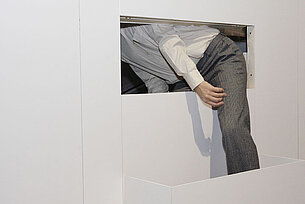
Curating and Studying
Projects at the Intersection of Museums and Universities
What can university students learn from museums? And what can museums learn, in turn, from university students? While the university and museum spheres are often seen as separate fields, this workshop explores the mutual synergies of a specific form of collaboration: the integration of university courses into curatorial processes.
2018
23.03.
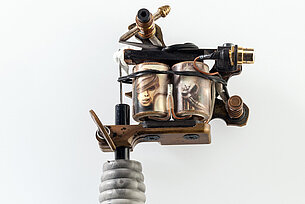
Object Space Narrative
On Interacting with Things
Why not start the year off once again with a general look at objects in exhibitions? How aware are we of the significance of things as relics and legacies, as representatives and witnesses, as artefacts and symbols when we exhibit them? How do we discuss the value and the possible reception of originals, models, and copies when we arrange them in the exhibition space?
2017
09.11. - 10.11.
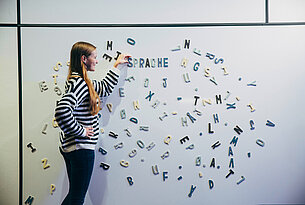
Strike the Right Note
Museums for Young People
In 1994, Zoom was established as the first children’s museum in Austria. With programmes for refugees and an exhibition on the topic of escape and flight, the museum once again this year reflects the current reality and takes a very specific approach to the topic for its special audience.
2017
19.10. - 20.10.

Changing Worlds
Globes and Maps in Exhibitions (CANCELLED)
Besides maps and atlases, historical terrestrial and celestial globes depict the way in which time and space were constructed mathematically and represented in multiple dimensions. Because these cartographic repositories of knowledge are equally interesting as historical models of science and technology, the cultural sciences, and aesthetics, we would like to deal with the following questions, among others, in this event: How can maps and globes best be used to convey historical world views in the context of the development of scientific disciplines?
